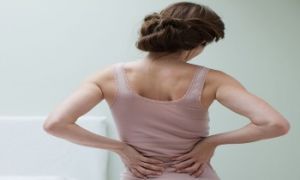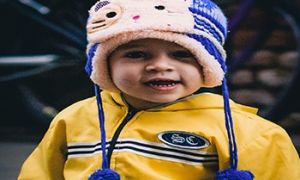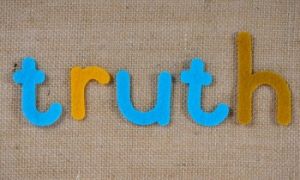A “Look-For” guide is a practical tool used by educational leaders and mentors to identify and reflect on key indicators of quality practice during observations, walkthroughs, or self-assessments. Think of it as a lens—it helps you focus on what matters most in a learning environment.
What It Does
- Clarifies expectations: Outlines what effective teaching and learning look like in action.
- Supports consistency: Ensures all observers are aligned when assessing practice.
- Promotes reflection: Encourages educators to self-assess and grow.
- Links to frameworks: Often aligned with EYLF outcomes, NQS elements, or service philosophy.
How You Might Use It
- During learning walks to gather insights and celebrate strengths
- As a coaching tool to guide feedback conversations
- For self-reflection—educators can use it to assess their own practice
- To inform professional development planning
Examples of EYLF-Aligned "Look For" Observation Guide
Outcome 1: Children have a strong sense of identity
Look For:
- Children confidently engaging in play and routines with a sense of belonging
- Educators using children’s names respectfully and acknowledging their choices
- Warm, trusting relationships between educators and children
- Celebrations of culture, family voice, and individual uniqueness in displays or interactions
Outcome 2: Children are connected with and contribute to their world
Look For:
- Group experiences that promote cooperation, fairness, and empathy
- Diverse cultural materials, books, and provocations accessible to children
- Opportunities for children to care for their environment and others
- Family contributions woven into learning environments or storytelling
Outcome 3: Children have a strong sense of wellbeing
Look For:
- Calm, welcoming learning spaces with access to restful areas
- Children engaging in risk-taking supported by attentive supervision
- Intentional conversations around emotions, resilience, and self-regulation
- Healthy routines (e.g. nutrition, hygiene) modelled and embedded in play
Outcome 4: Children are confident and involved learners
Look For:
- Children engaged in open-ended materials, STEAM provocations, and problem-solving
- Educators scaffolding thinking with “I wonder…” questions and active listening
- Use of technology (like Appsessment) to meaningfully document learning journeys
- Evidence of persistence, curiosity, and experimentation
Outcome 5: Children are effective communicators
Look For:
- A print-rich environment with visual aids in multiple languages
- Children exploring creative expression through music, storytelling, and visual arts
- Active conversations between children and educators, using open-ended language
- Documentation that reflects children’s voices, theories, and narratives
How To Refelct On "Look For" Guides
Reflecting on Look-For guides is where the real growth happens—it’s how you move from simply noticing practice to deepening it. Here’s a practical and empowering approach you can use as an educational leader:
How to Reflect on Look-For Guides
1. Start with Observation, Not Judgment
-
Use the checklist as a lens, not a scorecard.
-
Ask: What did I notice? What surprised me? What patterns emerged?
Example: “I noticed educators consistently used open-ended questions, but spontaneous teachable moments were often missed.”
Use a Reflective Framework
Try a model like DIEP (Describe, Interpret, Evaluate, Plan):
| Step | Prompt Example |
|---|---|
| Describe | What did I observe in relation to the Look-For guide? |
| Interpret | Why might this be happening? What influences this practice? |
| Evaluate | What’s working well? What could be improved? |
| Plan | What support, resources, or conversations could help move practice forward? |
3. Involve Educators in the Reflection
-
Share patterns from the Look-For guide in team meetings.
-
Use prompts like:
-
“What do you think this tells us about our practice?”
-
“How does this align with our philosophy and the EYLF?”
-
4. Link to Compliance & Quality Improvement
-
Cross-reference with NQS elements or policy goals.
-
Ask: Are we embedding our policies (e.g. photo use, supervision) in daily practice?
5. Document the Reflection
- Use, a shared journal, or a visual wall to track:
- What was observed
- What was discussed
- What actions were taken
6. Celebrate & Act
-
Highlight strengths: “We’re seeing strong cultural responsiveness in displays.”
-
Set one small, actionable goal: “Let’s trial a ‘teachable moment’ tracker next week.”
Further Reading
How Educators Promote EYLF Outcomes 2.0
How Children Achieve EYLF Learning Outcomes Version 2.0
How To Write A Critical Reflection In Early Childhood
Q: How Do I Write Reflections That Inspire and Meaningful
Q: How Can Educators Make Reflections Meaningful?
Q: How Can I Create My Own Critical Reflections?




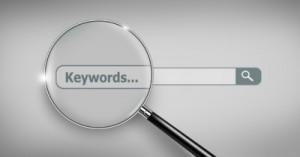
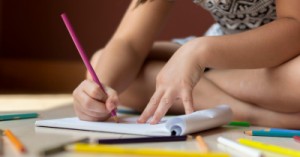
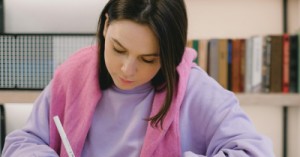
 Here is the list of the EYLF Learning Outcomes that you can use as a guide or reference for your documentation and planning. The EYLF
Here is the list of the EYLF Learning Outcomes that you can use as a guide or reference for your documentation and planning. The EYLF The EYLF is a guide which consists of Principles, Practices and 5 main Learning Outcomes along with each of their sub outcomes, based on identity,
The EYLF is a guide which consists of Principles, Practices and 5 main Learning Outcomes along with each of their sub outcomes, based on identity, This is a guide on How to Write a Learning Story. It provides information on What Is A Learning Story, Writing A Learning Story, Sample
This is a guide on How to Write a Learning Story. It provides information on What Is A Learning Story, Writing A Learning Story, Sample One of the most important types of documentation methods that educators needs to be familiar with are “observations”. Observations are crucial for all early childhood
One of the most important types of documentation methods that educators needs to be familiar with are “observations”. Observations are crucial for all early childhood To support children achieve learning outcomes from the EYLF Framework, the following list gives educators examples of how to promote children's learning in each individual
To support children achieve learning outcomes from the EYLF Framework, the following list gives educators examples of how to promote children's learning in each individual Reflective practice is learning from everyday situations and issues and concerns that arise which form part of our daily routine while working in an early
Reflective practice is learning from everyday situations and issues and concerns that arise which form part of our daily routine while working in an early Within Australia, Programming and Planning is reflected and supported by the Early Years Learning Framework. Educators within early childhood settings, use the EYLF to guide
Within Australia, Programming and Planning is reflected and supported by the Early Years Learning Framework. Educators within early childhood settings, use the EYLF to guide When observing children, it's important that we use a range of different observation methods from running records, learning stories to photographs and work samples. Using
When observing children, it's important that we use a range of different observation methods from running records, learning stories to photographs and work samples. Using This is a guide for educators on what to observe under each sub learning outcome from the EYLF Framework, when a child is engaged in
This is a guide for educators on what to observe under each sub learning outcome from the EYLF Framework, when a child is engaged in The Early Years Learning Framework describes the curriculum as “all the interactions, experiences, activities, routines and events, planned and unplanned, that occur in an environment
The Early Years Learning Framework describes the curriculum as “all the interactions, experiences, activities, routines and events, planned and unplanned, that occur in an environment